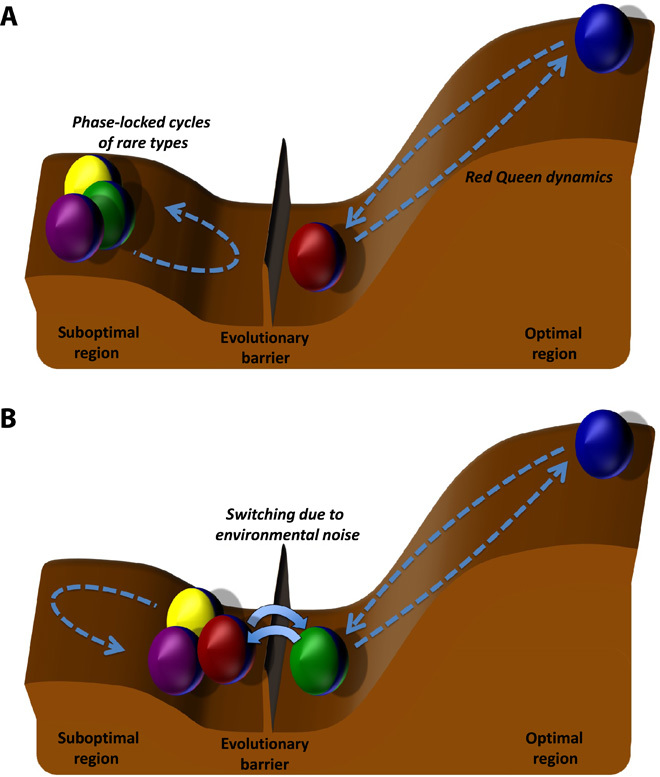Fig. 4. Evolutionary landscape separated into two regions by an entrapment barrier.

The height of the landscape characterizes the population density of species types (balls). The barrier limits the number of dominant cyclic types and constrains subordinate/rare cyclic types to enter the optimal region where Red Queen dynamics occur. In the optimal region, a dominant cyclic type can attain maximum growth potential near its carrying capacity. The population dynamics of the species oscillate (phase-locked subordinate cycles and Red Queen dynamics) as a result of parasitism (the paths of broken arrow lines illustrate oscillatory behavior). (A) Rare cyclic types remain rare because they are trapped at a suboptimal region. Only two species types undergo cyclic dominance of Red Queen dynamics. The population dynamics of rare cyclic types do not exhibit Red Queen dynamics but rather are phase-locked (synchronized). (B) Physical-environmental variability can allow a rare cyclic type to escape the suboptimal region and enter the optimal region by hurdling the evolutionary entrapment barrier. However, the optimal region only allows two dominant cyclic types; hence, one of the types needs to leave the optimal region to accommodate the succeeding rare type (red and green balls).
